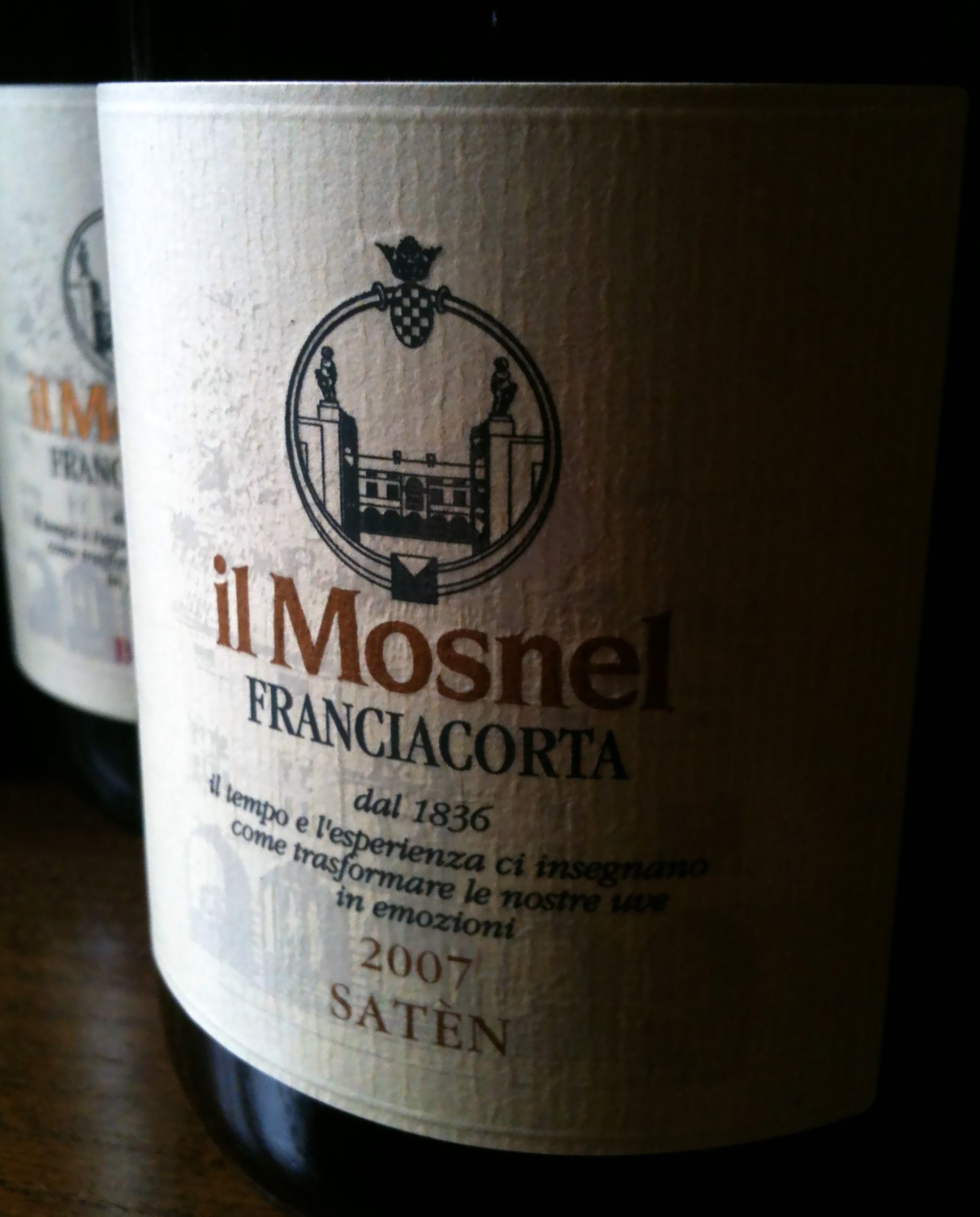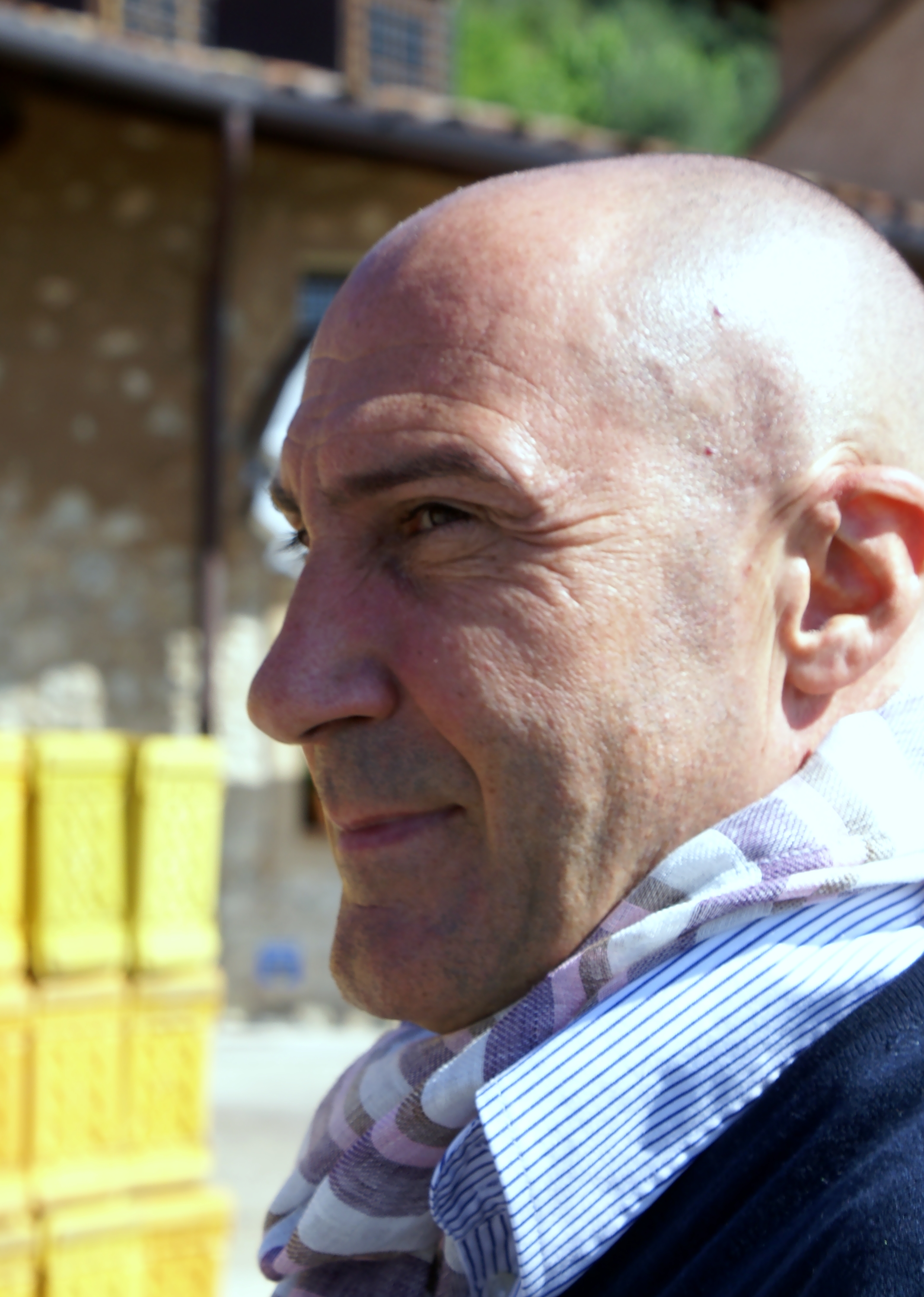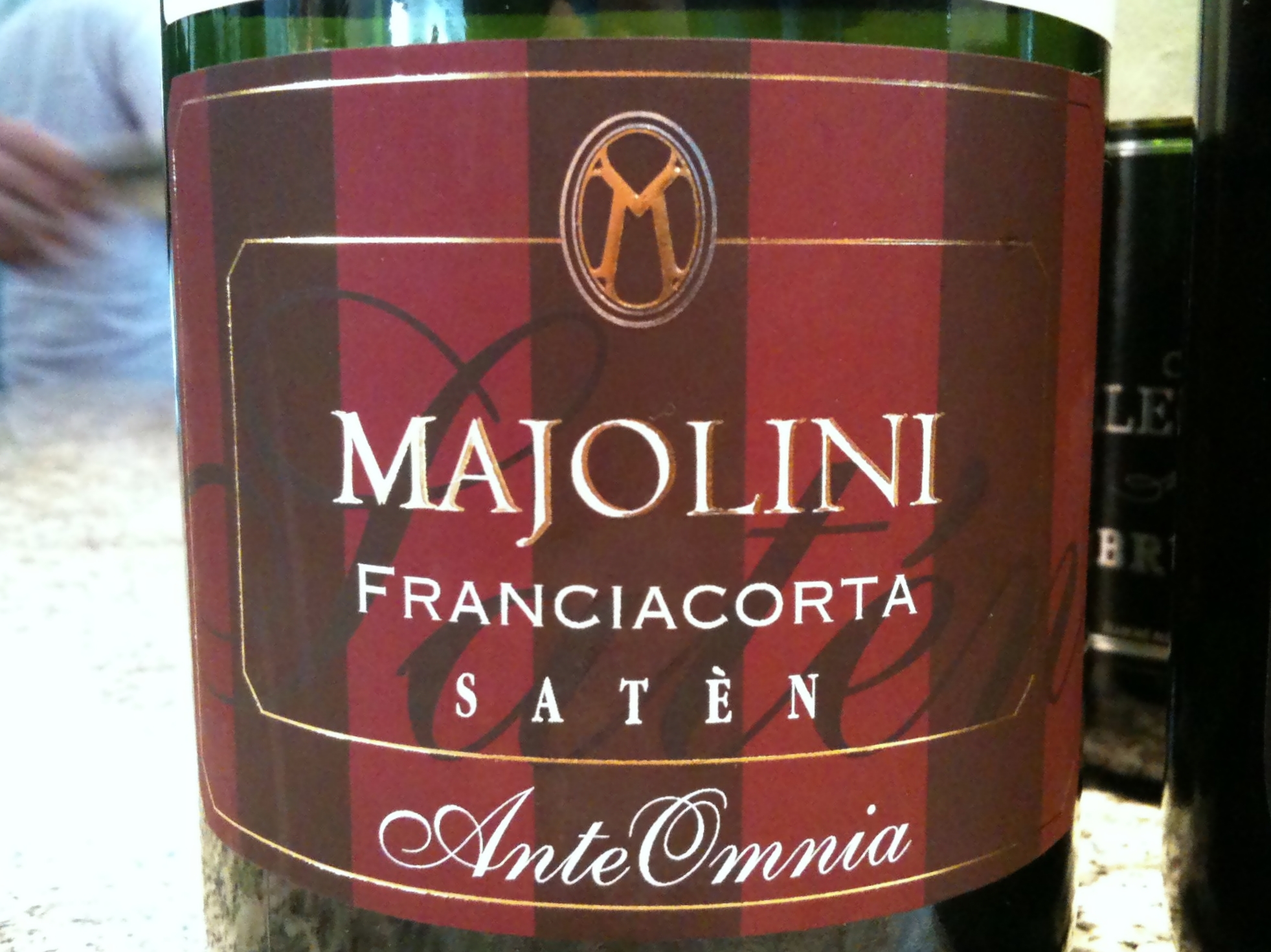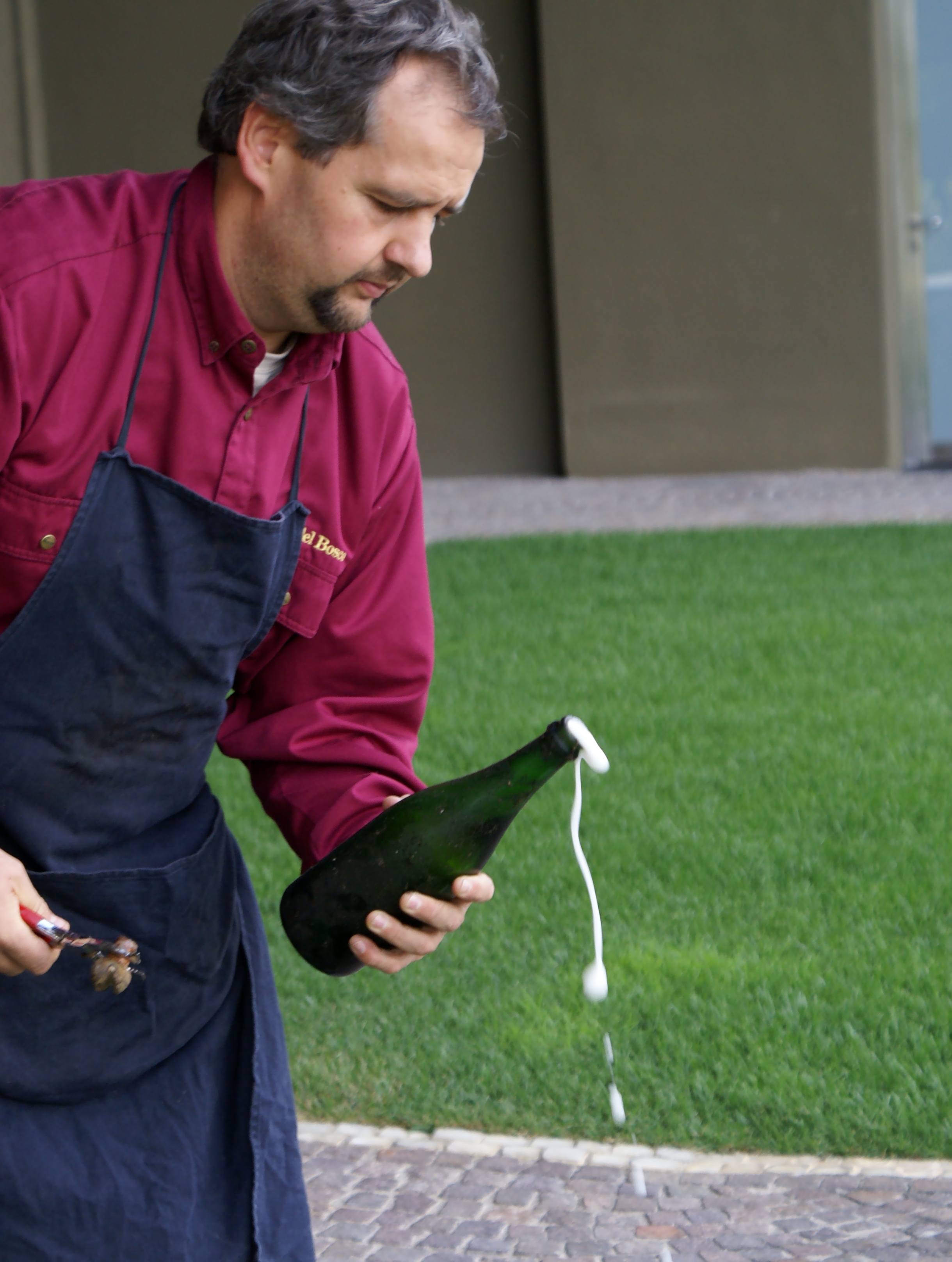Franciacorta: love at second sight
Posted on 4 November 2011
Do you know Franciacorta? This sparkling wine region in Northern Italy has been working hard to introduce itself, but on an international level it still lacks the recognition of Champagne or Cava.
I have some very good friends who act as ambassadors to Franciacorta – fellow Italian wine writer Franco Ziliani as well as Elżbieta Poletti, the region’s Polish connection – and so I’ve been exposed to these wines for many years now. As usual when you very close so something, it’s not easy to be completely impartial and write things up as they are.
And they are, to put it briefly, ambiguous. When I first visited Franciacorta in 2005, it was a sad affair. The DOCG appellation produced 5 million bottles (less than half of Veuve Clicquot, who even aren’t the biggest Champagne producer). Three leading estates: Ca’ del Bosco, Bellavista and Berlucchi produced roughly 1m each of very good wine, and the rest was shared by a hundred smaller estates. Many made poor wine, fruitless, unexciting and often technically lacking. Only a handful were seriously working towards quality: Cavalleri, Uberti and Vezzoli belonged to those early favourites. The rest was anonymous, if not downright inadequate, mass. Yet the Italians having an insatiable appetite for all things fizzy (Italy is one of the world’s leading importer of Champagne, too), Franciacorta was finding an easy sell anyway, and although sparkling wine production only goes back to the 1960s here, plans were soon drafted to double the production.
Today Franciacorta has reached 10m bottles and will soon make 15m. The success story in Italy continues. Yet for a balanced market, exports need also to increase. This won’t be easy. Judging by the Polish market, the region doesn’t really have a point of distinction to establish itself. Made with the champenoise method, it will always be more expensive than Prosecco or consolidated, mass-market Cava. It can compete with Champagne neither with numbers not with the sheer quality of the best wines, and of course it lacks the crushing marketing power and romance of Champagne, too.
Attempts are made at presenting Franciacorta as „something totally different from Champagne” (actual quote from one of the region’s leaders), although in all truth the two have more in common than the Lombardians are ready to admit: made exactly with the same techniques and the same grapes – Chardonnay and some Pinot Noir; the Pinot Blanc that could make Franciacorta different is ironically being phased out. Flavour profiles are vastly similar, although Franciacorta is much less acidic than Champagne, but that’s not enough to clearly distinguish itself. Inroads are made with the Extra Brut category as well as Franciacorta’s native Satèn, a slightly less pressurised sparkler made of white grapes only, but Champagne too has been pushing its more elegant blanc de blancs versions for many years now. Even the winemaking vocabulary – all those tiraggio, dosaggio and disgiorgiato – are exactly copied from the French, and it’s no wonder.
There is however one factor that is increasingly helping to ease out the French complex of Franciacorta – and it is quality. As a long-time skeptic I must say I was deeply impressed by several wines that I tasted in the last few months. At a recent blind tasting for the Polish WINO Magazine’s best sparkling wine of the year, I was stunned to discover that a superbly mineral, deliciously toasted and complex Chardonnay I took for the likes of Salon turned out to be none other than the Majolini Satèn Ante Omnia from the 2004 vintage. In my book it easily won a gold medal over some serious champagnes such as Vilmart’s Grand Cellier d’Or 2005 or Le Mesnil Grand Cru NV.
The other shocker came at a private tasting of Il Mosnel, a dynamic small Franciacorta estate run by Lucia Barzanò who is also very active on Twitter. When I visited here in September 2010 the wines showed excellent definition and an attention to detail, but last week a bottle of 2007 Satèn simply knocked me off my socks with its exuberance of pure mineral appley flavours and excellent concentration. Il Mosnel and Majolini are just two of the several estates that have emerged in the last decade with a serious commitment towards quality and identity. Others I’d list here are Enrico Gatti, La Montina and Antica Fratta.
The big producers are not resting on their laurels either. After years of making wines primarily in Oltrepò Pavese further south in Lombardy, Berlucchi is moving most of their production to Franciacorta, and the latest releases are excellent. Ca’ del Bosco perhaps remains the appellation’s no. 1. Their most exciting cuvée at the moment might well be the Dosage Zéro. At 40€ it finally gives good Champagnes a run for their money. Visiting this spectacular (and quirky: I was explicitly forbidden to take photographs inside) winery last autumn, a hand-disgorged bottle of Dosaggio Zero 1979 was fresh as a daisy with fantastic dimension and an unforgettable touch of ripe summer peaches.
Franciacorta still has a few things to fix: many estates are still lagging behind and quality is less consistent than it should be for a region with such high ambitions. Too many wines are tasting like soap water with sugar. Communication needs to improve: I don’t see a coherent message emanating and for a casual consumer from Poland (or Denmark, or Bahrain) the reasons to choose Franciacorta over Cava or Pelorus remain to be told. But at least the wind of positive change is now blowing through the region.
Disclosure
My visit to Franciacorta in September 2010 was sponsored by the local consortium of wine producers. Majolini Satèn Ante Omnia tasted at blind tasting of WINO Magazine. Il Mosnel wines tasted on the invitation of a Polish importer.





